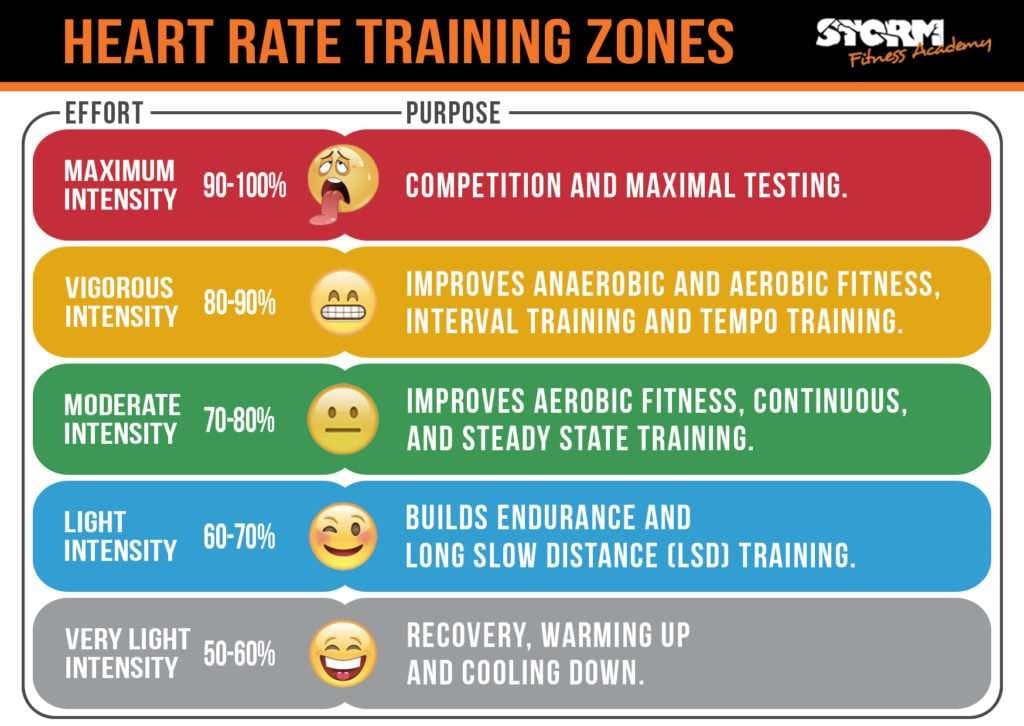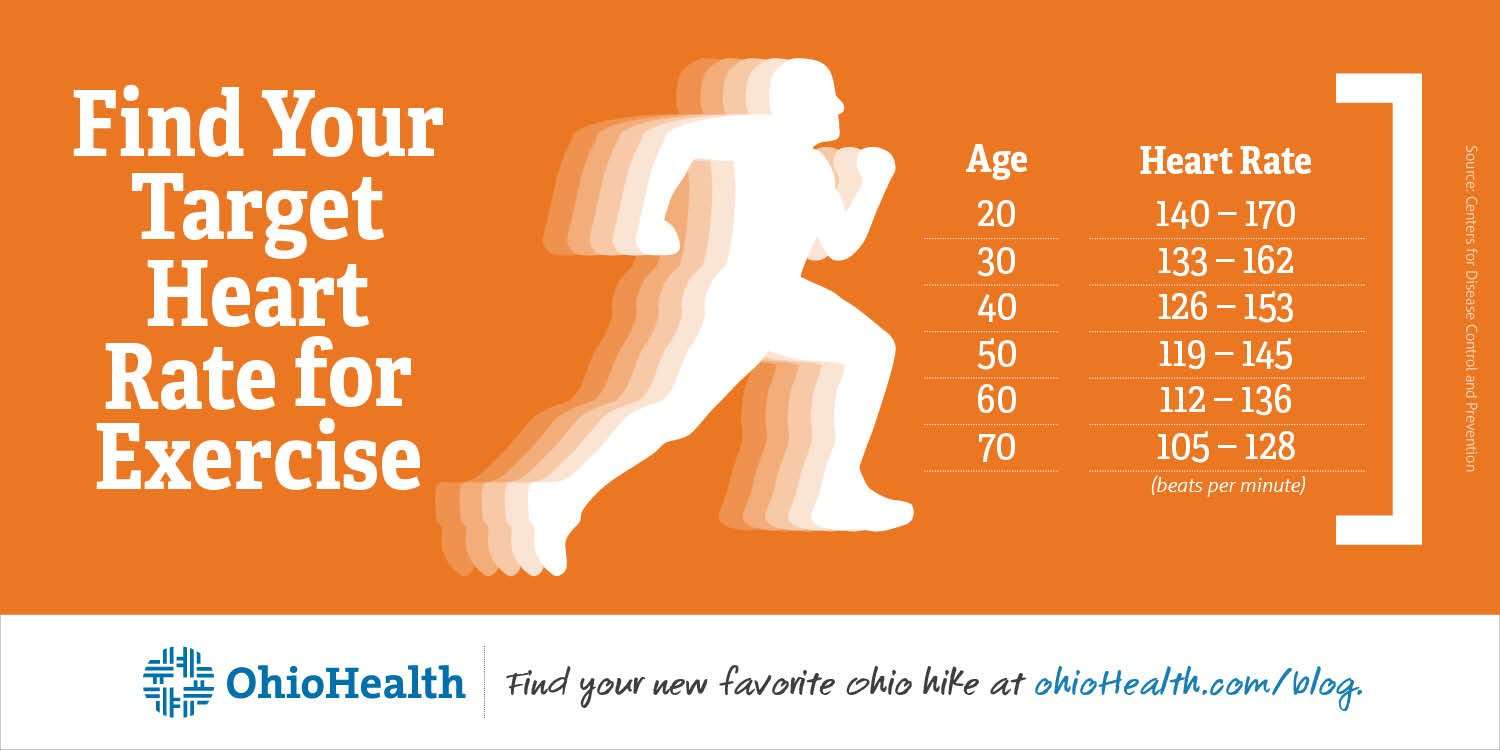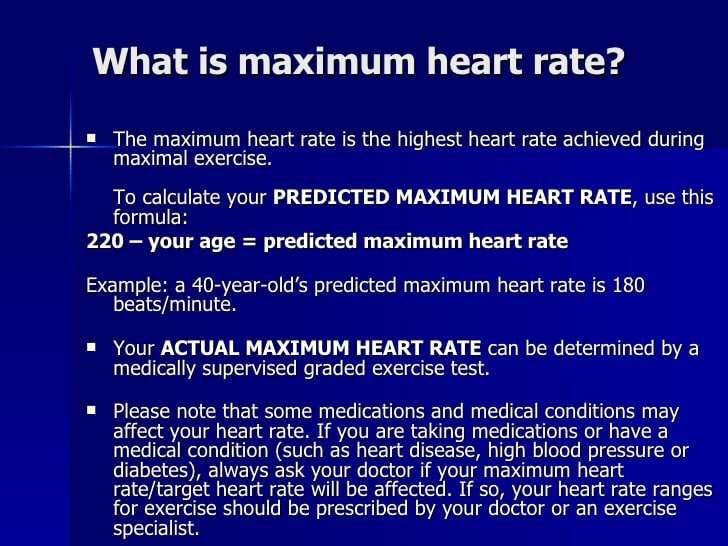What You Can Do
You should always aim to take good care of your heart. This includes doing things like exercising regularly, eating a heart-healthy diet, and maintaining a healthy weight.
Additionally, you should plan to visit your doctor regularly for physicals. Not only is it good practice, but it can also help with early detection of things like high cholesterol or blood pressure abnormalities.
If you already have heart disease, you should carefully monitor your condition and stick to your treatment plan. Take all medications as instructed by your doctor. Be sure to promptly report any new or worsening symptoms.
Some additional preventative health tips to help keep your heart healthy and happy include:
- Find ways to reduce stress. Examples of ways to do this can include things like yoga or meditation.
- Limit your caffeine intake. Using too much caffeine can lead to increases in heart rate.
- Moderate your drinking. Women and men over 65 should only have one drink per day. Men under 65 should only have two drinks per day.
- Quit smoking. Smoking increases your heart rate and quitting can help bring it back down.
- Be aware of medication side effects. Some medications can affect your heart rate. Always be aware of possible side effects before taking a medication.
Your heart is a muscular organ that works to pump oxygen-rich blood and nutrients to the tissues of your body. The muscles of your heart contract and relax to push blood through your blood vessels.
What Can Resting Heart Rate Readings Indicate
Resting heart rate is an indicator of fitness and general health. They are:
- In adults, a lower heart rate is correlated with a higher degree of fitness and a lower incidence of cardiac events, such as heart attacks.
- Highly trained athletes can have an RHR as low as 40. This may be because the lower rate translates to a heart muscle that is stronger and can pump blood more efficiently. Another explanation is that with vigorous exercise, there is the release of nitrous oxide in the hearts blood vessels, which increases the blood supply to the heart.
- However, a consistently higher heart rate has been associated with cardiovascular issues and premature death.
- A 2013 research that studied 3000 men for 16 years found that men with RHR greater than 90 were associated with triple the risk of death when compared to men with RHR below 80.
- An observational study conducted in Norway that looked at 20,000 participants found similar results, even when controlled for factors, such as body mass index and life.
What Is Maximum Heart Rate
Maximum Heart Rate is the amount of beats a heart makes in a minute under maximum stress.
Max HR is used as a benchmark for maximum output the athletes body can produce. Knowing that number enables the athlete and his coach to structure the training process around specific training intensities or training zones.
Maximum heart rate can vary significantly from person to person. In fact, high or low Max HR is neither good nor bad. Its just what a person is born with.
Instead, using it as a reference to build a structured training plan focused on specific exercise intensities is what makes all the difference.
All 5 of the training zones are defined as a percentage of maximum heart rate. Which is why its critical to determine maximum heart rate that is accurate to achieve desired results from training.
Read also: What Is Target Heart Rate Zone And How To Calculate Yours
Don’t Miss: Can Acid Reflux Cause Heart Palpitations
What Is Target Heart Rate
Your target heart rate is a range of numbers that reflect how fast your heart should be beating when you exercise. A higher heart rate is a good thing that leads to greater fitness, says Johns Hopkins cardiologist Michael Blaha, M.D., M.P.H. During exercise, you can monitor heart rate and try to reach this target zone. Doctors also use target heart rate to interpret the results of a cardiac stress test.
Your Maximum Heart Rate

The rate at which your heart is beating when it is working its hardest to meet your body’s oxygen needs is your maximum heart rate. Your maximum heart rate plays a major role in setting your aerobic capacitythe amount of oxygen you are able to consume. Several large observational studies have indicated that a high aerobic capacity is associated with a lower risk of heart attack and death. And a small controlled trial demonstrated that men and women with mild cognitive impairment who raised their aerobic capacity also improved their performance on tests of memory and reasoning.
Read Also: Does Tylenol Increase Heart Rate
How To Lower Your Heart Rate
Staying physically active by doing moderate to vigorous exercise regularly is one of the best ways to achieve a lower heart rate that leads to a healthy and long life.
Changes in your lifestyle that may lower your heart rate include:
- Reducing the intake of coffee and caffeine-containing products
- Avoiding binge drinking
- Intake of a healthy diet to keep weight under check
- Doing deep breathing to manage stress and anxiety
If your heart rate becomes too high suddenly, and you feel shortness of breath or chest pain, you need to consult your doctor immediately to get medications prescribed for you. This could be a sign of an impending heart attack or other life-threatening heart problems.
Wahoo Tickr X Bluetooth Hr Chest Strap
Its important that the partner wears the watch, so that you can focus on digging deep and not being distracted looking at the watch. This will help you calculate maximum heart rate with more accuracy.
The protocol is similar to the VO2 max test: start the test at around 100-120 beats per minute and increase heart rate by ~5 beats every 15 seconds until you can no longer increase it.
Your partners role is to look at the watch and shout total time and heart rate every 15 seconds. After you can no longer increase your heart rate for more than two 15-second intervals its time to stop. By that time you shoud have reached your maximum heart rate.
Recommended Reading: Fitbit 2 Heart Rate
Max Heart Rate Field Test Example
Do this field test with a training partner. Use a heart rate monitor and note the highest heart rate you can reach. This is your maximum heart rate.
Doing a maximum heart rate field test while unprepared is a surefire way to end up in maximum distress. If you are unsure, consult your physician before undertaking the test.
If you liked this post, dont forget to share so that others can find it, too.
Help Your Heart Work Stronger
Cardiovascular exercise is especially effective in keeping your heart healthy and reaching your target heart rate. This specific type of exercise gets your heart beating fast for several minutes at a time.
Target heart rate is defined as the minimum number of heartbeats in a given amount of time in order to reach the level of exertion necessary for cardiovascular fitness, specific to a persons age, gender, or physical fitness.
The following is an estimate given by the American Heart Association for target heart rate numbers for adults ages 45 to 70:
- 45 years: 88 to 149 beats per minute
- 50 years: 85 to 145 beats per minute
- 55 years: 83 to 140 beats per minute
- 60 years: 80 to 136 beats per minute
- 65 years: 78 to 132 beats per minute
- 70 years: 75 to 128 beats per minute
Recommended Reading: Coronary Insufficiency Symptoms
Zone 5 Training Maximum Effort / Speed Training
Effort: very hardTarget heart rate: 90% 100%Duration: short intervals, up to 40 seconds
Zone 5 is the all-out effort the maximum what muscles can produce. At this intensity massive amounts of lactic acid are produced and its impossible to utilize it. Muscles get so tight that an athlete is forced to slow down.
Regardless of how good the athlete is, he can only maintain his top speed for several seconds. Even 100m sprinters can maintain their top speed for only around 50m in the middle of the distance, before slowing down towards the end.
At this point the athlete is breathless theress no way he is able to speak even a full word.
How Long Should You Stay At Your Maximum Heart Rate
The question of how long you should stay at your maximum heart rate is really more one of how long you can. Most people would not be able to sustain the effort necessary to stay at their MHR for more than a minute or so. Thus, even if you tried to stay above your MHR for a long time, youre unlikely to do so.
Recommended Reading: Fluticasone Heart Palpitations
What Are The Factors That May Affect Resting Heart Rate
Several factors may affect resting heart rate:
- Age: RHR can change with age, according to some studies.
- Gender: On average, women’s RHR tends to be 2-7 bpm higher than mens.
- Air temperature: RHR can increase during hot weather, but usually not more than 10 bpm.
- Emotions: Strong feelings of stress, anxiety, or even happiness can raise the RHR.
- Body position: RHR can be 3 bpm higher when sitting versus lying down. Similarly, RHR tends to increase a bit upon standing.
- Medication: Prescription drugs, such as antidepressants and beta-blockers, can cause the RHR to be lower than it would without the medication.
- Meditation: Yoga and pranayama if done regularly can cause reduced resting heart rate.
How To Take Your Pulse

Although you may be able to feel your blood pumping in a number of placesyour neck, the inside of your elbow, and even the top of your footyour wrist is probably the most convenient and reliable place to get a good pulse.
Press your index and middle fingers together on your wrist, below the fat pad of your thumb. Feel around lightly until you detect throbbing. If you press too hard you may suppress the pulse. You can probably get a pretty accurate reading by counting the number of beats in 15 seconds and multiplying that number by four.
The best time to get your resting heart rate is first thing in the morning, even before you get out of bed. To gauge your maximum heart rate, take your pulse immediately after exercising as vigorously as possible.
Recommended Reading: Does Tylenol Increase Heart Rate
What The Experts Do
Monitor Heart Rate for Motivation
For Johns Hopkins cardiologist Michael Blaha, M.D., M.P.H., most workoutstake place on an elliptical trainer in his home. His machine has electrodeson which he can place his hands to automatically see his heart rate. Itgives me a sense of how hard Im working, he says.
Blaha also uses his targeted heart rate to guide the course that heprogrammed into the machine, so that he works up to where he wants to be interms of exertion. Knowing your target heart rate and trying to achieve itcan be very motivating, he says.
Stay on Top of Your Heart Health
If you have a new or existing heart problem, it’s vital to see a doctor. Our heart health checklist can help you determine when to seek care.
Why Should You Calculate Your Maximum Heart Rate
Heart rate-based training enables you to run at the right intensity in order to reach your training goals. In other words, training smart is better than always training hard.
Training intensity is divided into five heart rate zones from very light to maximum intensity. The heart rate zones are calculated as percentages of your maximum heart rate.
To determine your personal heart rate zones, you first need to know or estimate your maximum heart rate.
For example, within heart rate zone 4, youll be training at 8190% of your HR max and increasing your maximum performance capacity.
Alternatively, at heart rate zone 3 , youll be training at the slightly reduced level of 71-80% of your HR but you will still be improving the efficiency of blood circulation.
To determine your personal heart rate zones, you first need to know or estimate your maximum heart rate.
Recommended Reading: What Happens After A Massive Heart Attack
How Do I Take My Heart Rate
There are a few places on your body where itâs easier to take your pulse:
- The insides of your wrists
- The insides of your elbows
- The sides of your neck
- The tops of your feet
Put the tips of your index and middle fingers on your skin. Press lightly until you feel the blood pulsing beneath your fingers. You may need to move your fingers around until you feel it.
Count the beats you feel for 10 seconds. Multiply this number by six to get your heart rate per minute
Zone 4 Training Anaerobic Capacity
Effort: hardTarget heart rate: 80% 90%Duration: longer intervals, up to 10 minutes
Zone 4 is where it gets tricky. Of all 5 heart rate training zones this one is the most dangerous.
Its at this point that most over-training happens. Inspired by professional athletes, people push themselves to the limit without giving the body enough time to recover and supercompensate. This puts a lot of stress on the body, killing mitochondria theyve worked so hard to build.
From physiological perspective, anaerobic threshold is the point after which lactic acid starts to build up so fast that the body cannot produce enough energy to maintain the intensity for long.
Anaerobic threshold marks the middle of Zone 4 and is highly individual for every athlete.
At this point muscles get petty heavy and its possible to say just a couple of words at once.
Don’t Miss: What Is A Dangerously High Heart Rate
What Does This Tool Help You Learn
This tool will help you find your target heart rate based on your age, resting heart rate, and activity level. Your target heart rate can guide you to how hard you should exercise so you can get the most aerobic benefit from your workout.
Do not use this target heart rate measurement if you are taking medicine that affects your heart rate, such as beta-blockers, calcium channel blockers, or digoxin. Talk to your doctor before you start an exercise program.
Heart Rate Training Zones Sample Zone 3 Training Sessions
The key with Zone 3 training is to use interval method, instead of just maintaining it throughout the session. This approach will limit the build up of lactic acid in the body, clear the excess and will allow to tolerate more intervals.
- 3×10-30 minutes throughout a long easy session in Zones 1 or 2
- 6x6min with 6 minute recovery in Zone 1 in between
Also Check: Reflux And Palpitations
Calculating Your Target Heart Rate
Your fitness routine has likely changed with current circumstances.
The pandemic year with gyms closed and stress levels high affected us in multiple ways. As we tiptoe back into an exercise regime, its important to do so with awareness. That includes knowing your actual target heart rate and using that number for a safe, effective workout, whether youre going out for a run, or heading back to a studio for the first time. Measuring your target heart rate is a concrete, numbers-dont-lie way to sneak a peek inside your body to find out what exercise intensity is right for you. In fact, it may be the piece of data that finally convinces you not to push too aggressively during your cardio routine or not take it so easy that you barely get your heart rate up. Not everyone is meant to work out the same way, and figuring out your target heart rate can give you a clearer sense of just how hard you should push yourself to improve your health and fitness.
Heart Rate and Your Health
During aerobic exercise, your heart, lungs, and circulatory system are called on to deliver oxygen and nutrients to the muscles youre engaging. Your heart rate is one way to measure just how hard your body is working to do all of that.
Knowing your THR helps you navigate your workout safely and effectively.
How to Calculate Your Target Heart Rate
Your target heart rate is 70 to 85 percent of your maximum heart rate, which must be determined before you can zero in on your target range.
Ideally Fuel Up Two Hours Before You Exercise By:

- Hydrating with water.
- Eating healthy carbohydrates such as whole-grain cereals , whole-wheat toast, low-fat or fat-free yogurt, whole grain pasta, brown rice, fruits and vegetables.
- Avoiding saturated fats and even a lot of healthy protein because these types of fuels digest slower in your stomach and take away oxygen and energy-delivering blood from your muscles.
If you only have 5-10 minutes before you exercise, eat a piece of fruit such as an apple or banana.
The key is to consume easily digested carbohydrates, so you dont feel sluggish, Platt said.
Don’t Miss: Does Tylenol Increase Heart Rate
